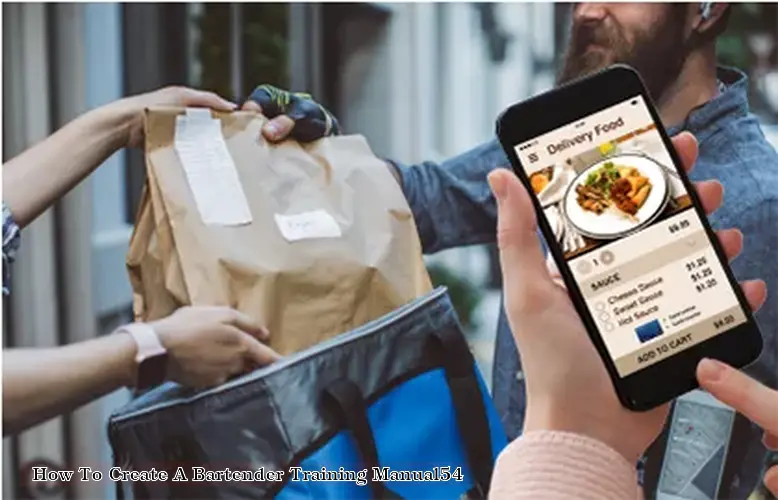

A bartender training manual is an essential tool for any restaurant or bar that wants to ensure that its bartenders are knowledgeable, skilled, and providing excellent service to customers. The manual should cover a range of topics, including cocktail recipes, customer service skills, product knowledge, and safety procedures.
Here are some key elements to include in your bartender training manual:
1. Introduction: Begin with an introduction that outlines the purpose of the manual and the importance of proper bartender training. This section should also include information about the restaurant's policies and expectations for bartenders.
2. Cocktail Recipes: Include a comprehensive list of cocktail recipes that bartenders should be familiar with, including classic cocktails, signature drinks, and seasonal specials. Be sure to include detailed instructions for each recipe, as well as any variations or modifications that may be allowed.
3. Product Knowledge: Bartenders should have a strong understanding of the products they are serving, including liquors, beers, wines, and mixers. The manual should include information about the different types of liquors and their flavors, as well as the history and origins of popular cocktails.
4. Customer Service Skills: Bartenders are often the face of the restaurant, and they play a critical role in creating a positive experience for customers. The manual should include guidance on how to greet customers, take orders, and handle payments. It should also cover how to handle difficult situations, such as dealing with intoxicated customers or resolving conflicts.
5. Safety Procedures: Bartenders work with sharp objects, glassware, and alcohol, so it's essential to include information about safety procedures. The manual should cover topics such as proper handling of glassware, preventing slips and falls, and dealing with spills and broken glass.
6. Sales Techniques: In addition to providing excellent service, bartenders should also be skilled at selling drinks and upselling customers. The manual should include information about how to suggest additional drinks or menu items, as well as how to create a welcoming atmosphere that encourages customers to stay longer and order more.
7. Legal Compliance: Bartenders must be aware of and comply with all relevant laws and regulations, including those related to alcohol service, ID checking, and tax reporting. The manual should include information about these laws, as well as the consequences of non-compliance.
8. Quizzes and Evaluations: To ensure that bartenders have fully absorbed the information in the manual, include quizzes and evaluations throughout the document. These can be used to assess the bartender's knowledge and skills, and provide feedback on areas that need improvement.
Creating a bartender training manual is a significant undertaking, but it's an essential investment in the success of your restaurant or bar. By providing your bartenders with the knowledge and skills they need to excel in their roles, you can create a positive and memorable experience for your customers, and build a loyal following of repeat business.
DISCLAIMER: This information is provided for general informational purposes only, and publication does not constitute an endorsement. Kwick365 does not warrant the accuracy or completeness of any information, text, graphics, links, or other items contained within this content. Kwick365 does not guarantee you will achieve any specific results if you follow any advice herein. It may be advisable for you to consult with a professional such as a lawyer, accountant, or business advisor for advice specific to your situation.
today
Copyright © 2025 Kwick365.com
Designed by KwickPOS is the best restaurant POS